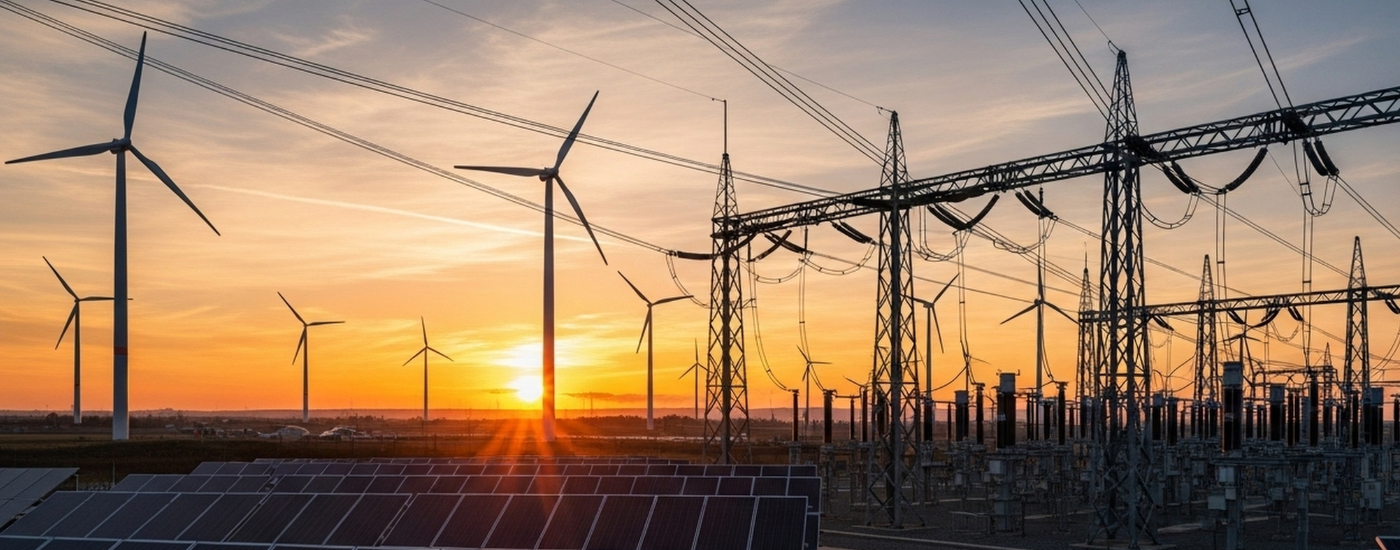The latest summary edition of our monthly Australian energy & environmental market update is now available. Keep reading for energy and carbon pricing movements, policy updates and other news.

This month we cover energy and environmental market movements, the Queensland Government’s announcement of a $571M Battery Industry Strategy, and the Victorian power system event, as a result of severe storms.
Keep reading for an overview of key market developments and a discussion of the impact of these announcements.
A comprehensive report with additional insights, charts and commentary from our industry analysts, is available to paid subscribers. Contact our team to find out more.
For a comprehensive update on the ACCU market, read our ACCU Monthly Market Report here.



The Queensland Government has announced a $571M Battery Industry Strategy, which includes $105M to plan and establish the Australian Battery Industrialisation Centre in partnership with the Australian Government.
Queensland's $571 million Battery Industry Strategy aims to establish a comprehensive supply chain for batteries, covering materials supply, advanced manufacturing, and recycling. The plan allocates $360 million of existing funding, supplemented by an extra $210 million for capabilities, standards, and testing. Specifically, $105 million is dedicated to establishing the Australian Battery Industrialisation Centre.
The strategy targets global battery industry leadership, potentially generating 9,100 jobs and contributing $1.3 billion to the Queensland economy by 2030. The initiative aligns with Queensland’s aims of becoming a renewable energy superpower, as outlined in a recent Clean Energy Finance report.
Queensland's battery plan is divided into three themes: innovation and commercialisation ($275 million), investment and growth ($92.2 million), and positioning and promotion ($202.5 million). Emphasizing responsible battery stewardship, the strategy prioritizes reusing, repurposing, and recycling, guided by a robust governance structure for societal, environmental, and economic benefits.
Queensland's Battery Industry Strategy positions the state as a leader in mining, refining, and producing advanced battery materials. Aligned with energy and jobs plans, the focus is on energy storage's role in the state's 2030 renewables transition. Informed by an independent analysis, the strategy emphasizes collaborative investment for industry development, capturing local demand, and advancing zero-emissions technology.

Victoria faced significant challenges with extensive power disruptions, infrastructure issues, and market implications in the aftermath of severe storms.
Severe storms in Victoria triggered substantial power disruptions affecting approximately 500,000 homes and businesses, prompting the implementation of load shedding measures to address the significant impact on the power grid.
The collapse of six transmission towers in the Geelong suburb of Anakie underscores concerns regarding the resilience of aging infrastructure. The collapsed towers were constructed in the 1980s, whilst towers in some parts of the state are nearing or surpassing the 60-year mark.
The outage at Loy Yang A power station, a crucial element in Victoria's energy infrastructure, resulted from a transmission line failure during the storms. The incident led to disrupted train services and power outages for approximately 500,000 households in metropolitan Melbourne.
The incident prompted AEMO to declare a "significant" power system event and initiate controlled load shedding as a precautionary measure and resulted in the Victorian spot price being set at the market price cap for 2 hours.
AEMO have already released a preliminary report on the incident, whilst the Victorian Government have announced a review that will report to the Minister in June and issue a final report in August.

Australian energy market
Australian carbon market
The events outlined in this month's update highlight the evolving nature of carbon, environmental and energy markets and the complexity of the net zero transition.
To discuss your unique requirements, get in touch with our team today to see how we can help.
Australian Energy & Environmental Market Update - February 2024

As the NEM Review lands, attention rightly turns to system-level settings. But much of the commercial change shaping renewable and firming supply is already unfolding inside over-the-counter (OTC) energy markets. This article sets out what’s already shifting commercially in a market under review.

As the NEM Review lands, attention rightly turns to system-level settings. But much of the commercial change shaping renewable and firming supply is already unfolding inside over-the-counter (OTC) energy markets. This article sets out what’s already shifting commercially in a market under review.